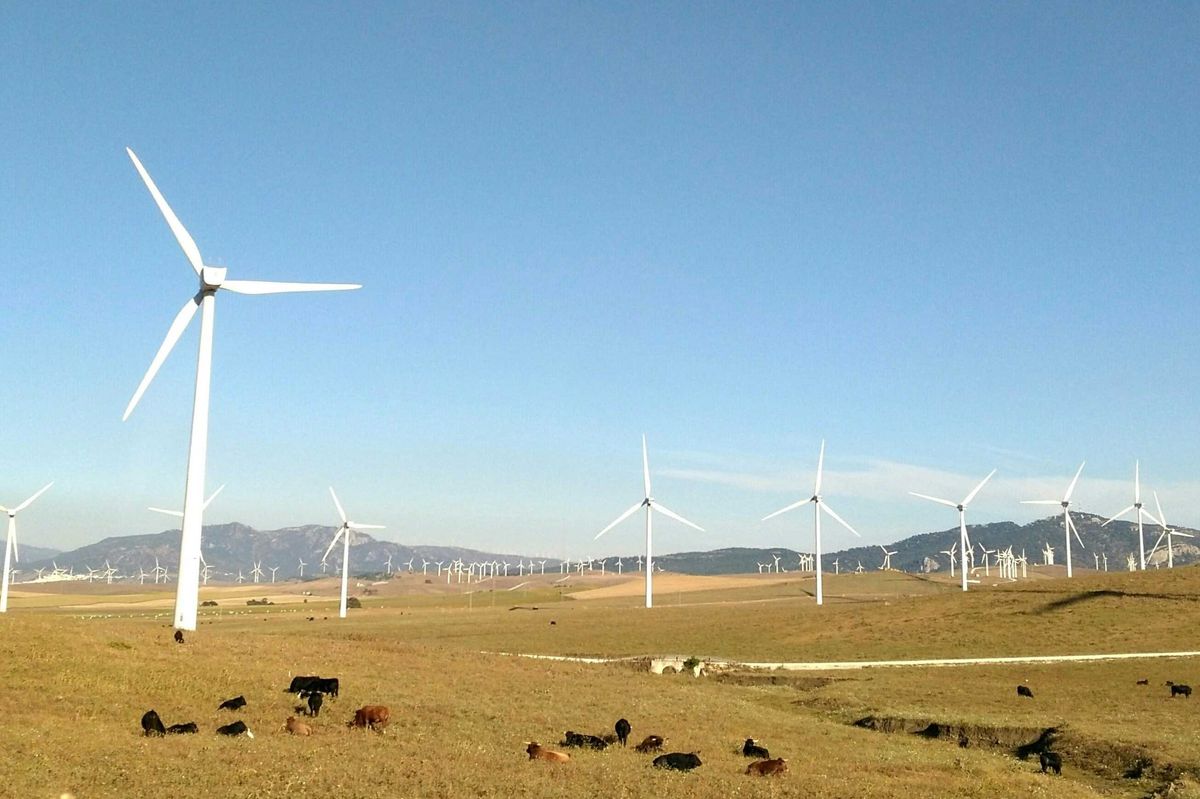Houston-based NRG Energy Inc. announced Jan. 7 that it has appointed Robert J. Gaudette as president and CEO. Gaudette took over as president effective Jan. 7 and will assume the role of CEO April 30, coinciding with the company's next stockholder meeting.
Gaudette, who previously served as executive vice president and president of NRG Business and Wholesale Operations, will succeed Lawrence Coben in the leadership roles. Coben will remain an advisor to NRG through the end of the year and will also continue to serve as board chair until April 30. Antonio Carrillo, lead independent director at NRG, will take over as board chair.
"Rob has played a central role in strengthening NRG’s position as a leader in our industry through strategic growth, operational excellence, and customer-focused innovation," Coben said in the news release. "He is a strong, decisive leader with extensive knowledge of our business, markets, and customers. The Board and I are confident that Rob is the right person to lead NRG forward and take the NRG rocket ship to new heights. I can’t wait to see what comes next.”
Gaudette has been with NRG since 2001. He has served as EVP of NRG Business and Market Operations since 2022 and president of NRG Business and Market Operations since 2024. In these roles, he led NRG’s power generation and oversaw its portfolio of commercial and industrial products and services as well as its market operations, according to the company.
He has held various executive leadership roles at NRG. He earned his bachelor's degree in chemistry from The College of William and Mary and an MBA at Rice University, where he was a Jones Scholar. He also served four years as an Army officer.
“It is an honor to be appointed NRG’s next CEO at this transformative time for the energy sector and our company,” Gaudette said in the release. “With NRG’s electricity, natural gas and smart home portfolio, we are ideally positioned to meet America’s evolving energy needs. I am grateful to Larry and all my NRG colleagues, both past and present, who built our great company and positioned us for the future. I look forward to leading our incredible team to deliver affordable, resilient power for the customers and communities we serve, while creating substantial value for our shareholders.”
In addition to its traditional power generation and electricity businesses, NRG has been working to develop a 1-gigawatt virtual power plant by connecting thousands of decentralized energy sources by 2035 in an effort to meet Texas’ surging energy demands.
The company announced partnerships last year with two California-based companies to bolster home battery use and grow its network. NRG has said the VPP could provide energy to 200,000 homes during peak demand.












 Houston researchers make headway on developing low-cost sodium-ion batteries
Houston researchers make headway on developing low-cost sodium-ion batteries






